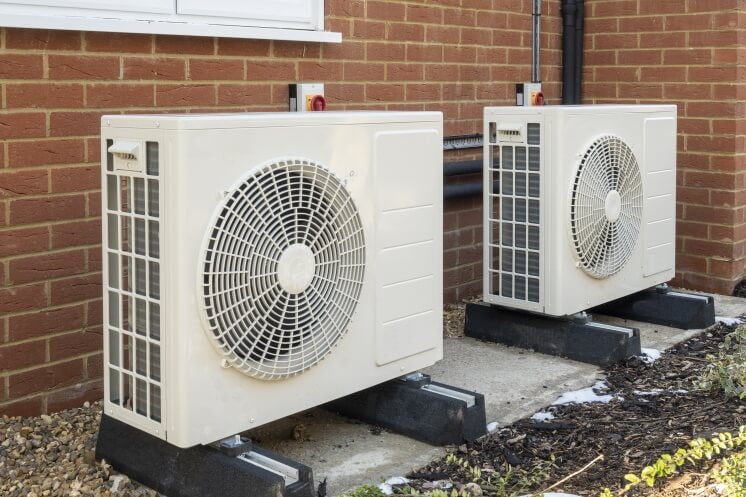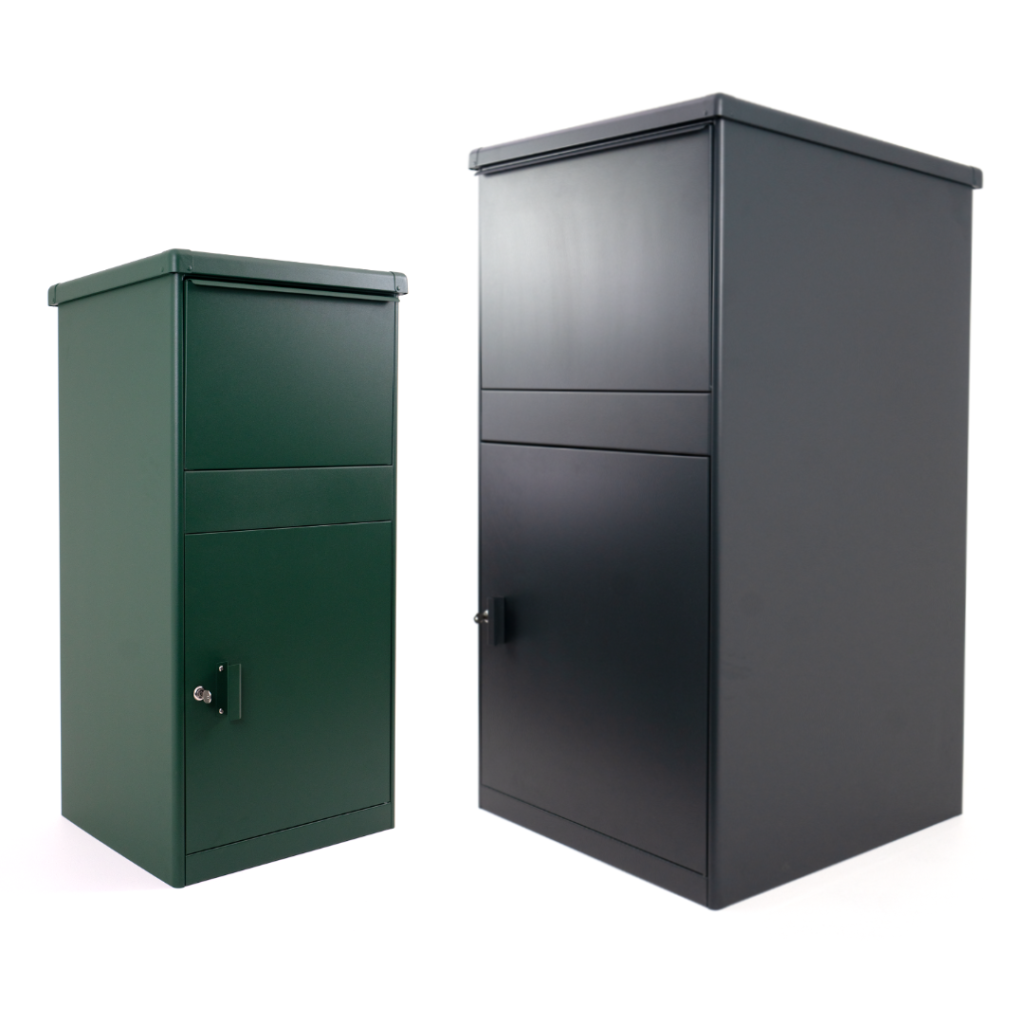4 ways that construction can help deliver on COP28 targets

The UN Climate Change Conference (COP28) will be happening in November 2023, introducing new strategies on how best to tackle the growing problem of climate change across all industries. As construction makes up a large and vital share of infrastructure around the globe, finding new methods to bring down carbon emissions in the trade, as well as the ongoing environmental footprint of buildings, could have a significant impact on reaching net zero targets. Here are a few ways that the construction industry can help to deliver on future COP28 targets.
Changing traditional building methods to offsite modular construction
It may surprise you to learn that the construction sector accounts for approximately 40% of greenhouse gas emissions globally — and rising, due to increasing energy demands. This is partly due to the high energy requirements of traditional, onsite building methods and the supply and transit for taking a variety of heavy machinery and materials to the locations they’re needed. As many traditional building methods already use carbon-rich materials that have a large footprint, tackling the way that construction is done could have a major impact on reaching net zero targets.
Offsite modular construction is a building method that greatly reduces the environmental demand for new building projects. With new homes, commercial properties and even new storeys to existing flat-roofed buildings being built in a factory location, there is much less transit and supply to multiple project sites, as all construction is handled at a central point. Some building companies already pioneering offsite modular construction, such as Enevate Homes, take this one step further by using recycled, lightweight gauge steel and innovative insulation techniques, which both help to make new build projects sustainable, as well as cost-effective during the future use of the building.
Using renewable and natural materials
Although we may think of modern building techniques as synonymous with cement and concrete, this building material has a huge carbon footprint. In a 2019 research article, it was estimated that concrete alone was responsible for around 8% of global emissions caused by humans, making the use of renewable and natural materials incredibly important.
Some of the natural and renewable building materials that are now being used in construction, include:
- Cob – a traditional, natural building material that is seeing a resurgence; made from subsoil, water, fibrous material (often straw), and sometimes lime
- Recycled steel
- Sustainable wood
- Recycled plastic
- AshCrete – a substitute for traditional concrete that relies on the use of fly ash and is made of 97% recycled materials
- Ferrock – again, largely made from recycled materials, combining steel dust waste with silica
- Clay brick
Using recycled and renewable materials is a sure-fire way of reducing the overall energy cost of any building project, as they require less new natural resources, have fewer waste products and are generally less energy intensive.
Factoring sustainability into the building project
A good way to ensure new construction work has lasting value for the environment is to give future occupants and users the opportunity to be sustainable by building it into the infrastructure. This can be applied to both residential and commercial property in a number of different ways, but always to great effect.
Electric vehicles are increasingly becoming the norm for many people, with the BBC reporting a rise in the sales of electric cars by 43% to a total of 3.2m in 2020. But did you know that they are also being adopted by large businesses, such as Amazon, as a cornerstone of their service? This means having the capacity for electrical vehicle charging ports is a must, especially for commercial builds that often require employees or stakeholders to travel.

Another sustainable solution for construction projects is to include heat pumps instead of fossil-fuel based heating systems. Although generally taking longer than traditional gas or electric boiler systems to reach the same temperatures, heat pumps help recycle energy into heating a home or commercial building by absorbing warmth from the air and feeding it back into the property. Over time, they have a much lower energy cost for the user, as well as qualifying for the Domestic Renewable Heat Incentive (RHI), which promotes the use of renewable heat in new building projects through financial incentives.
Offsetting the carbon footprint of our modern lifestyles
It’s no secret that online shopping and ordering has become a mainstream practice. This means that fleets of delivery vehicles are on the road every day, ferrying parcels to and from a variety of businesses and domestic properties. But this also contributes to a large proportion of transit vehicle emissions, with Amazon acknowledging that its activities emitted 51.17 million metric tons of carbon dioxide in 2019. This is not helped by the fact that studies have shown a 15% increase in CO2 emissions from the failure of first delivery attempts. Finding intelligent ways to counter this growing carbon footprint could make all the difference for future construction projects.

Installing a parcel drop box for both home and business properties could be the ideal solution. Having a clearly marked, secure location for delivery drivers to deposit packages safely could help greatly reduce the number of missed deliveries, and subsequently the carbon emissions from multiple package trips.
The Penn Parcel Box has a sturdy, steel frame with a weather-resistant powder coating that keeps deliveries safe and dry. That makes it the perfect addition for construction projects as an outside delivery point for homes or commercial buildings, or inside the foyer of apartment blocks or commercial buildings with larger reception areas.
The front-opening models are ideal for securing outside buildings, while the rear-opening models are perfect for building into an external wall, gatepost or boundary wall, with the added advantage that the parcel delivery box can only be opened from inside the building, gate or grounds.
Adapting to more sustainable and environmentally friendly methods in the construction industry could make all the difference needed to reach future COP28 targets. To find out more about how a Penn Parcel Box can help reduce the carbon footprint of domestic and commercial building projects, contact our friendly team on 01424 429 641.